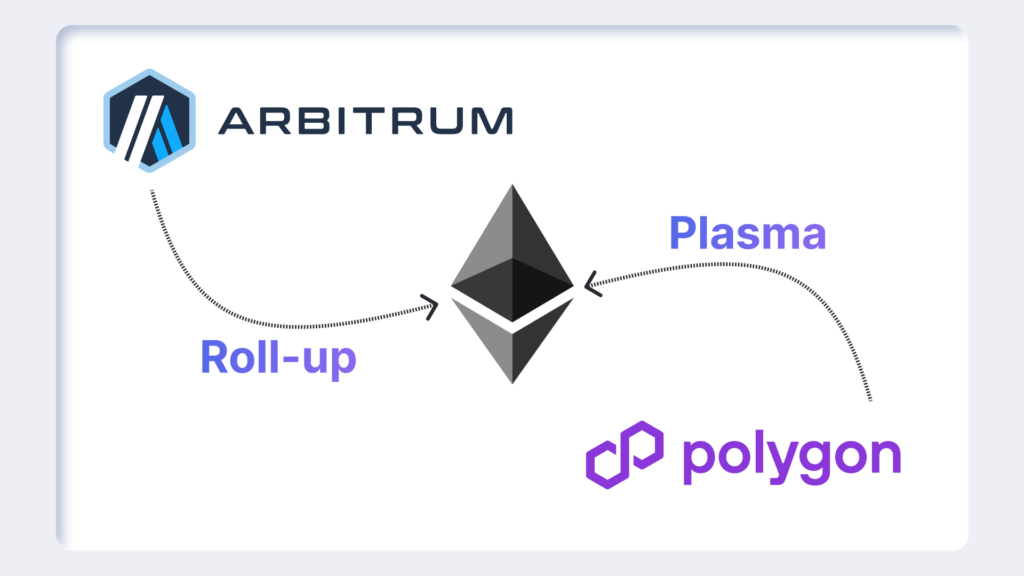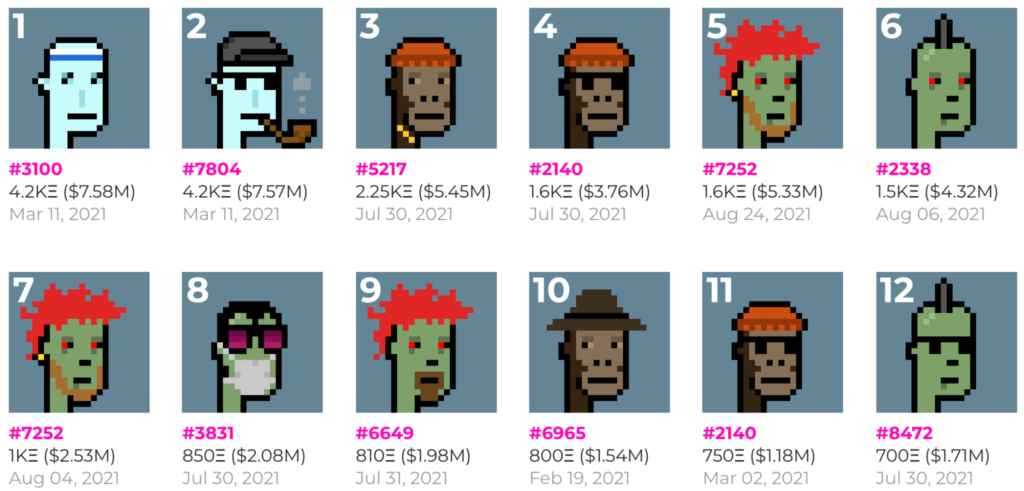GeeFi’s engineers have spent the past year on a singular mission: erase the friction that still forces everyday users to juggle multiple wallets, centralized exchanges and nerve-racking copy-pastes of long addresses. This week the Singapore-based team flipped the switch on its most ambitious upgrade yet, baking direct swaps and one-click bridging into the GeeFi Wallet.
The changes sound technical, but their impact is refreshingly practical. Imagine holding USDC on Solana, wanting ETH on Arbitrum, and needing it now. Until today, that journey involved at least two wallets, a bridging portal, an exchange, and a prayer that gas spikes wouldn’t eat your lunch. GeeFi now collapses those steps into a single screen: choose the asset you have, pick the chain and coin you want, confirm. The wallet’s routing engine hunts for the best path and executes under the hood.
Token swaps without the middleman
GeeFi’s swap module covers a growing roster of ERC-20, BEP-20, SPL and native coins. Liquidity comes from a blend of on-chain DEXes and institutional market makers; slippage tolerances are surfaced in plain English before a user signs. For veterans, the time saved is obvious. For newcomers, it means they can explore DeFi without first learning the difference between wrapped and native tokens—or why copy-pasting an address from the wrong network can brick their funds.
Bridging that feels like sending an email
On the bridge side, GeeFi leverages audited smart-contract routes between Ethereum, Bitcoin, Solana, Binance Smart Chain and several emerging L2s. Instead of forcing users through a separate dApp, the bridge lives inside the wallet’s transfer tab. Once assets land on the target chain, they appear in the same portfolio view—no refresh hacks or add-token gymnastics required.
Security was the deal-breaker during design reviews, a GeeFi spokesperson told Bullish-Times. The wallet remains fully non-custodial, and all swap or bridge approvals are signed locally by the user’s private key. Transactions move through encrypted relayers; GeeFi never takes custody at any stage.
Enter the GEE token
Set to launch later this quarter—early whitelist slots are already oversubscribed—GEE will grease the wheels of the new features. Holders gain reduced swap and bridge fees, higher staking yields and a no-limit crypto card slated for Q4. GeeFi hints at DAO-style governance down the road, but for now the token’s pitch is simple: the more you use the wallet, the more GEE saves you.
GeeFi’s update lands as wallet competition heats up. MetaMask is testing a “pooled bridge,” Phantom just added Bitcoin, and Coinbase Wallet unveiled an AI security scanner. Yet by combining cross-chain swaps, bridges and upcoming fee incentives in one UX, GeeFi hopes to carve out mindshare—particularly among mobile-first users in Asia and Latin America searching for a single point of entry into the decentralized universe.
The team’s roadmap lists hardware-wallet integration, account abstraction and multi-party computation as next stops—each another layer of abstraction between users and the messy plumbing beneath. If GeeFi’s bet pays off, the most complex part of crypto might soon be deciding what to do with all that extra time.


